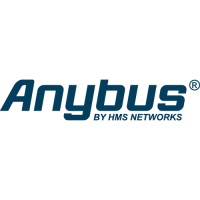Web Server 42 (258)
7.3.2 Index page
The module searches for possible index pages in the following order:
1. <WebRoot>\index.htm
2. <WebRoot>\index.html
3. <WebRoot>\index.shtm
4. <WebRoot>\index.wml
Substitute <WebRoot> with the web root directory specified in \http.cfg.
If no index page is found, the module will default to the virtual index file (if enabled).
See also ...
• Default Web Pages, p. 38
7.3.3 Default Content Types
By default, the following content types are recognized by their file extension:
File Extension Reported Content Type
htm, html, shtm text/html
gif image/gif
jpeg, jpg, jpe image/jpeg
png
image/x-png
js application/x-javascript
bat, txt, c, h, cpp, hpp text/plain
zip application/x-zip-compressed
exe, com
application/octet-stream
wml text/vnd.wap.wml
wmlc application/vnd.wap.wmlc
wbmp image/vnd.wap.wbmp
wmls text/vnd.wap.wmlscript
wmlsc application/vnd.wap.wmlscriptc
xml text/xml
pdf application/pdf
css
text/css
Content types can be added or redefined by adding them to the server configuration file.
7.3.4 Authorization
Directories can be protected from web access by placing a file called ‘web_accs.cfg’ in the di-
rectory to protect. This file shall contain a list of users that are allowed to access the directory
and its subdirectories.
Optionally, a login message can be specified by including the key [AuthName]. This message
will be displayed by the web browser upon accessing the protected directory.
File Format:
Username1:Password1
Username2:Password2
...
UsernameN:PasswordN
Anybus
®
CompactCom
™
40 PROFINET IRT Network Guide SCM-1202-023 EN 1.8

